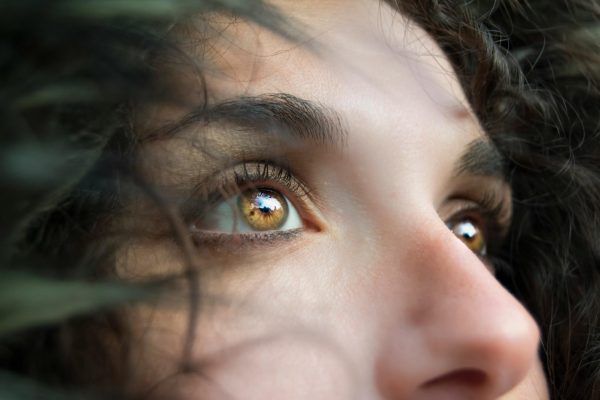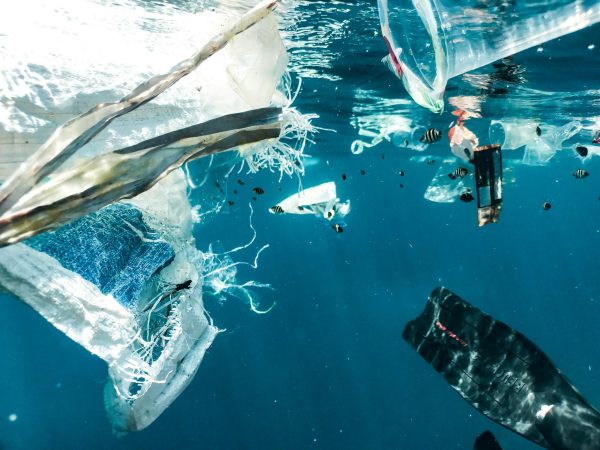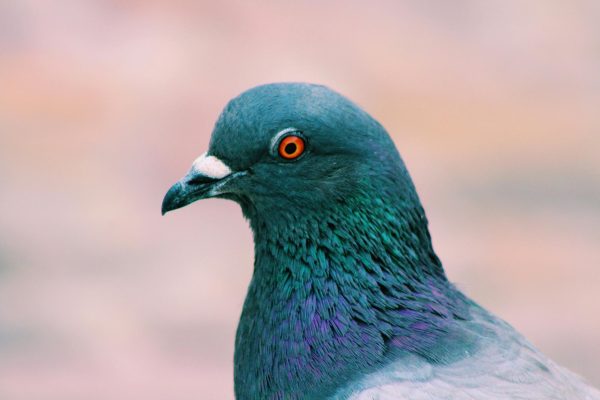Fractals in Nature
Fractals are unique geometric figures which exhibit self-similar patterns, in which the pattern of the fractal resembles itself at different scales. Many fractals used in mathematics are artificial abstract objects, however, fractals can and do occur in nature.
Romanesco Broccoli
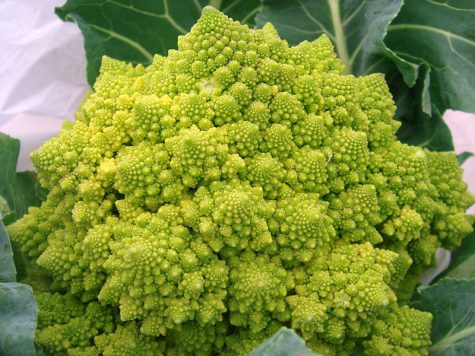
The Romanesco broccoli is a plant native to Italy, which exhibits a self-similar fractal pattern. Each ‘bud’ of the plant is composed of smaller buds, which all resemble the original. This pattern continues until the buds are minuscule in size.
Electrical Treeing
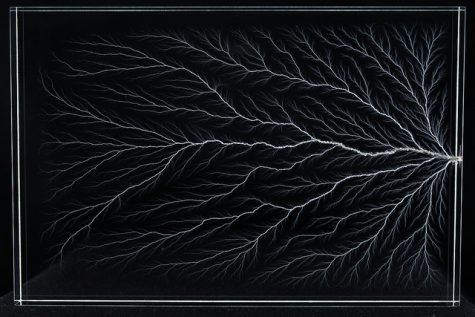
Electrical treeing occurs when a material such as acrylic (used in the image above) is exposed to an electrical field, resulting in a process called electrical breakdown. The ‘treeing’ pattern is called a Lichtenberg figure, which is a type of fractal. Lichtenberg figures occur in many other natural phenomenon, such as lightning.
Frost
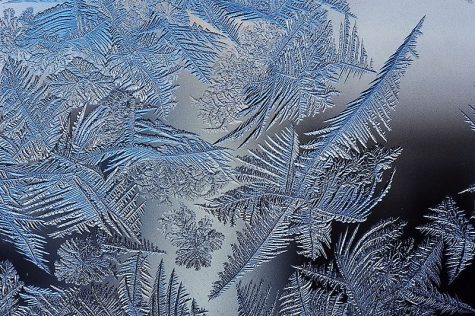
When frost develops on a flat surface such as a window pane, the shapes that are formed resemble fractals. This happens as the formation of frost from water uses a process called ‘nucleation’, in which a new phase (solid, liquid, gas) or structure is formed through self-organization, in which order arises in a disordered system.

